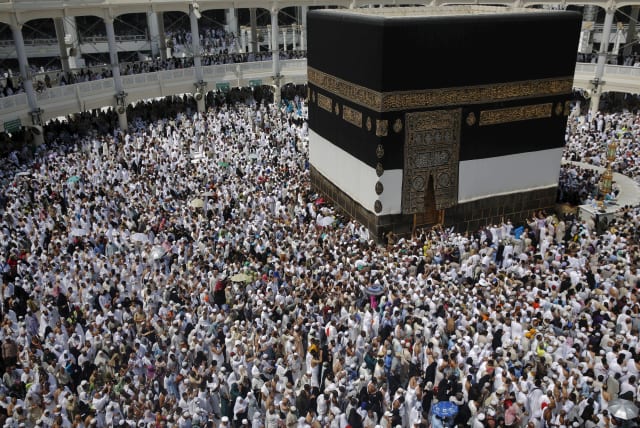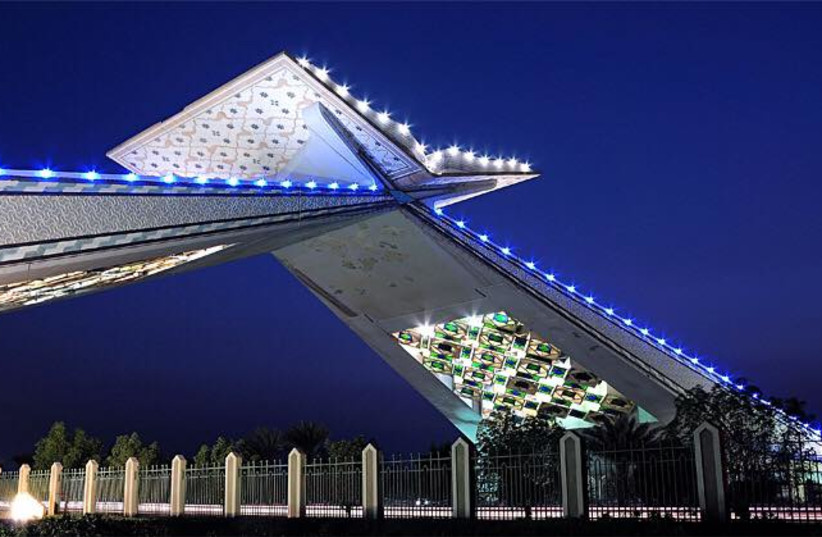On This Day: The Muslim conquest of Mecca in 630 CE

Mecca, Saudi Arabia, is home to Masjid al-Haram, the largest mosque in the world which has within it the Ka'ba toward which all Muslims pray.
January 11th, 2023, according to one interpretation of the Islamic calendar, marks 1393 years since the Muslim conquest of Mecca led by the prophet Muhammad.
Mecca, Saudi Arabia, is home to Masjid al-Haram, the largest mosque in the world which has within it the Ka'ba - the large cube-shaped structure toward which all Muslims pray (the term for the prayer direction is called Qibla).
Muhammad's early life and adulthood in Mecca
The city is the birthplace of the prophet, who was born around 570 CE, and it is where he spent much of his life. He was largely raised by his grandfather, and in adulthood eventually became a merchant. The prophet began to regularly meditate in a cave on Mount Hira near Mecca, and Islamic tradition holds that it was in this cave that the angel Gabriel began revealing the Quran to Muhammad in the year 610 CE.
He began to preach monotheism to the Quraysh, the group of Arab clans that controlled the city of Mecca. He amassed followers, but also made enemies among the Quraysh. In 615 CE, the prophet advised his followers to leave Mecca for the now-Saudi Arabian city of Medina and did so again in 620 CE as relations between Muslims and polytheist Arabs in Mecca continued to deteriorate.
Muhammad's arrival in Medina
Having secured safety for Muslims in Medina years earlier, the prophet himself arrived there in 622 after the situation in Mecca became untenable even for him. According to Muslim tradition, the prophet waited for divine command from God before fleeing Mecca. This journey from Mecca to Medina is known as the Hijra.

The prophet stayed in Medina for eight years, during which time he continued to preach the values of Islam. He also brokered peace between warring factions within the city. Medina, according to most modern historians, was home to several Jewish tribes before the arrival of Muhammad.
In 628 CE, Muhammad brokered a peace treaty between the Qurayshi in Mecca and the city of Medina which would allow his followers to return to Mecca on the condition that the prophet himself remain in Medina. The truce was broken in 630 CE, which prompted the prophet to travel to Mecca with an army of thousands of his followers.
The Muslims conquered the city with minimal bloodshed, per the prophet's instructions. Muslim tradition narrates that Muhammad and his companions visited the Ka'ba and cleared out all signs of idolatry and polytheism before prayer was reinstituted there.
The conquest not only signified the end of the conflicts between the Muslims and the Qurayshi, but it also allowed Muslims to have full control over their holiest site, the Ka'ba, which they still enjoy to this day.
In an echo of the prophet's comings and goings between Mecca and Medina, Muslims who perform the Hajj (a pilgrimage to the Ka'ba which takes place during a specific time of year and is required [at last once during a lifetime] for all adult Muslims who are physically and financially able to do so) or Umra (a trip to the Ka'ba during any time of year other than the Hajj) traditionally travel to both Mecca and Medina, where Muhammad is buried.
